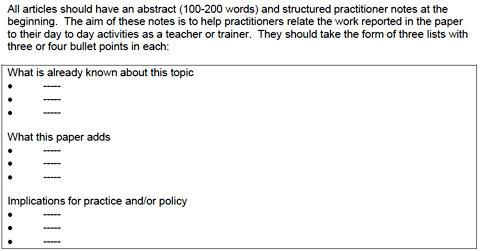The European Commission is seeking input on the promotion and validation of non-formal and informal learning. The implications of an EU-policy on this issue would be far-reaching, especially if it were to devise an accreditation initiative or framework evaluating informal learning experiences (e.g., through those gained via open courses such as the ones offered by George Siemens, Alec Couros, Jim Groom, Stephen Downes, David Wiley, & Dave Cormier). A summary of some of the interesting ideas from the consultation call appears below:
We are all constantly learning in our daily lives at work and through our leisure, cultural and social activities. But, all too often, the knowledge, skills and competences we acquire through our work and life experiences remain hidden representing a waste of the talents of EU citizens. Making this learning visible and giving it value is important…The validation of learning gained through work and life experiences has been a cornerstone of EU lifelong learning policy since 1995… Increasing numbers of Member States are introducing validation into their legal and institutional frameworks but across the EU as a whole much more needs to be done to make validation a practical every day reality for all interested citizens…The Commission considers it is very timely to address these issues now as a series of EU initiatives covering qualification and credit systems in general, vocational and higher education and training have been introduced which support a learning outcomes approach…The purpose of this consultation is to collect views on whether further action is needed to make the learning acquired through work and life experience visible and give it value and, if so, what type of action is required and which policy priorities should be focused on to ensure future measures are well-targeted, relevant and respond to real needs on the ground.

